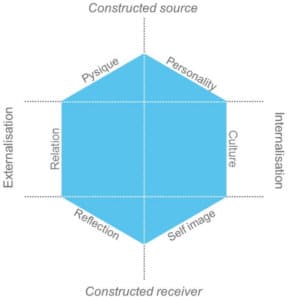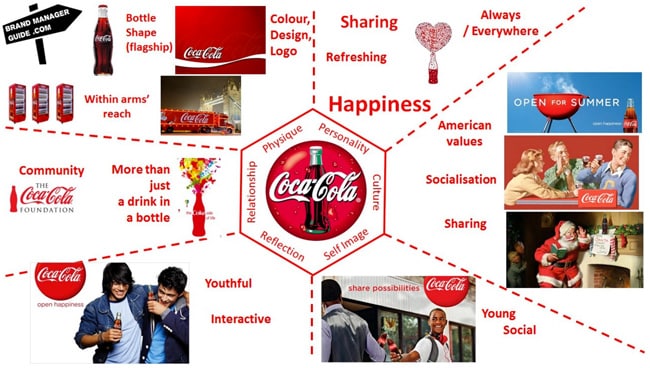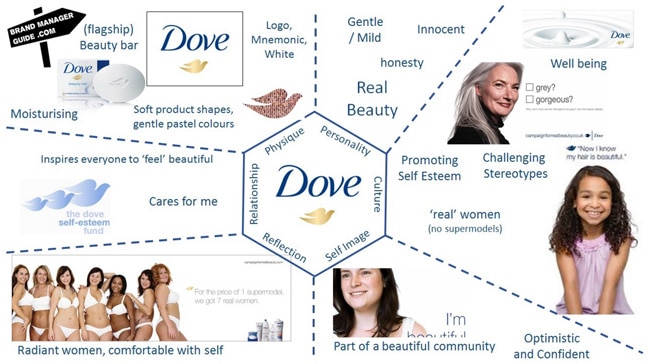Stand out from the competition by sharpening your brand identity
As the international education industry continues to expand and mature worldwide, one of its distinguishing characteristics is increased, even intensified, competition. Competition from a growing field of schools and agents, from new and emerging destinations, and from entirely new business models and types of competitors.
How to distinguish one’s school or agency within that increasingly crowded field is an ever-more pressing question for international education leaders today. And that brings us back to the importance of branding, and establishing an effective brand platform for your organisation.
The topic was squarely in focus at the recent Eaquals International Conference in Lisbon, where Janet Galbraith led a seminar that explored some important concepts in brand identity. Ms Galbraith is the principal of CES Edinburgh, the newest school in the Centre of English Studies portfolio.
"Brand identity should be something that distinguishes you from the competition," she said. "Something that is really important is that brand identity exists whether you know it is there or not. People have a perception of your brand." Or, as Amazon CEO Jeff Bezos once noted, "Branding is what people say about you when you're not in the room."
As this point illustrates, you can understand brand identity as an interaction between what you say your brand is, how customers or stakeholders experience your brand, and what those customers say your brand is. This is well beyond the realm of logos and brochures. Rather, it is a set of values and ideas - an organisational philosophy or ethos - that underpins and informs everything that you do.
A well-articulated brand identity is something that everyone within the organisation can relate to and engage with. It can be readily understood by your customers, and it can set you apart from your competition. It reflects your values, how you communicate those inside and outside of the organisation, and how you want customers to feel when they engage with your business.
To help make the concept more concrete, Ms Galbraith brought forward a widely used conceptual model in her Lisbon seminar: Jean-Noel Kapferer’s Brand Identity Prism. Mr Kapferer is a globally recognised branding expert, and a Professor Emeritus at HEC (Hautes Etudes Commerciales) in Paris. He first introduced his brand identity model in his noted 1996 book Strategic Brand Management.
The model has gained considerable currency and has been widely used in the years since, in part because it is straightforward and easy to understand, and therefore also easy to apply across many aspects of operations, marketing, and decision-making within the organisation. As another branding expert, David Aaker, has said, "When the brand vision clicks, it will reflect and support the business strategy, differentiate from competitors, resonate with customers, energise and inspire employees and partners, and precipitate a gush of ideas for marketing programmes. When absent or superficial, the brand will drift aimlessly and marketing programmes are likely to be inconsistent and ineffective."
The Kapferer model is also interesting in that it ties together both internal and external aspects of the brand, as reflected in the following illustration of the Brand Identity Prism.

- Physique is the physical aspect of the brand. It includes the logo, colour palette, distinctive packaging or setting, and flagship product. Ms Galbraith highlighted the example of Starbucks Coffee in her presentation, noting that the brand identity was highly recognisable but also that the physical experience of the brand (cafe decor, seating, presentation of products, etc.) was remarkably similar in its locations around the world.
- Personality is the character of the brand. It reflects in particular how the brand communicates with the outside world, via a certain tone or style or even through a spokesperson who is strongly associated with the brand.
- Culture reflects the values and ideas on which the brand is based. This may often be tied to the brand’s country of origin - for example, Coca-Cola’s expression of American values or Mercedes-Benz’s strong connection to German culture - or to other founding ideas to which the company is strongly attached.
- Relationship is what the aspects of connection that customers feel they get when they engage with the brand. This goes beyond the transaction itself and ties more to ideas of family relationships, community, and service. Coca-Cola, for example, emphasises equal and friendly relationships in a sharing community.
- Reflection refers to the stereotypical user of the brand. This is a bit tricky as companies or institutions may have multiple audiences that they address but the idea here is to reflect the aspirations and ideals of the core market you are trying to reach. Or, as Ms Galbraith puts it, "Who do you want to use as your [ideal] user that won’t alienate other [customer groups]."
- Self image is the mirror that your target customers hold up to themselves - that is, it reflects their ideal self back to them. Nike customers, for example, may want to see themselves as active, determined, and athletic, whether or not they currently maintain an active lifestyle.
These concepts are further illustrated in the following applications of the Brand Identity Prism for Coca-Cola and Dove produced by Brand Manager Guide.


















